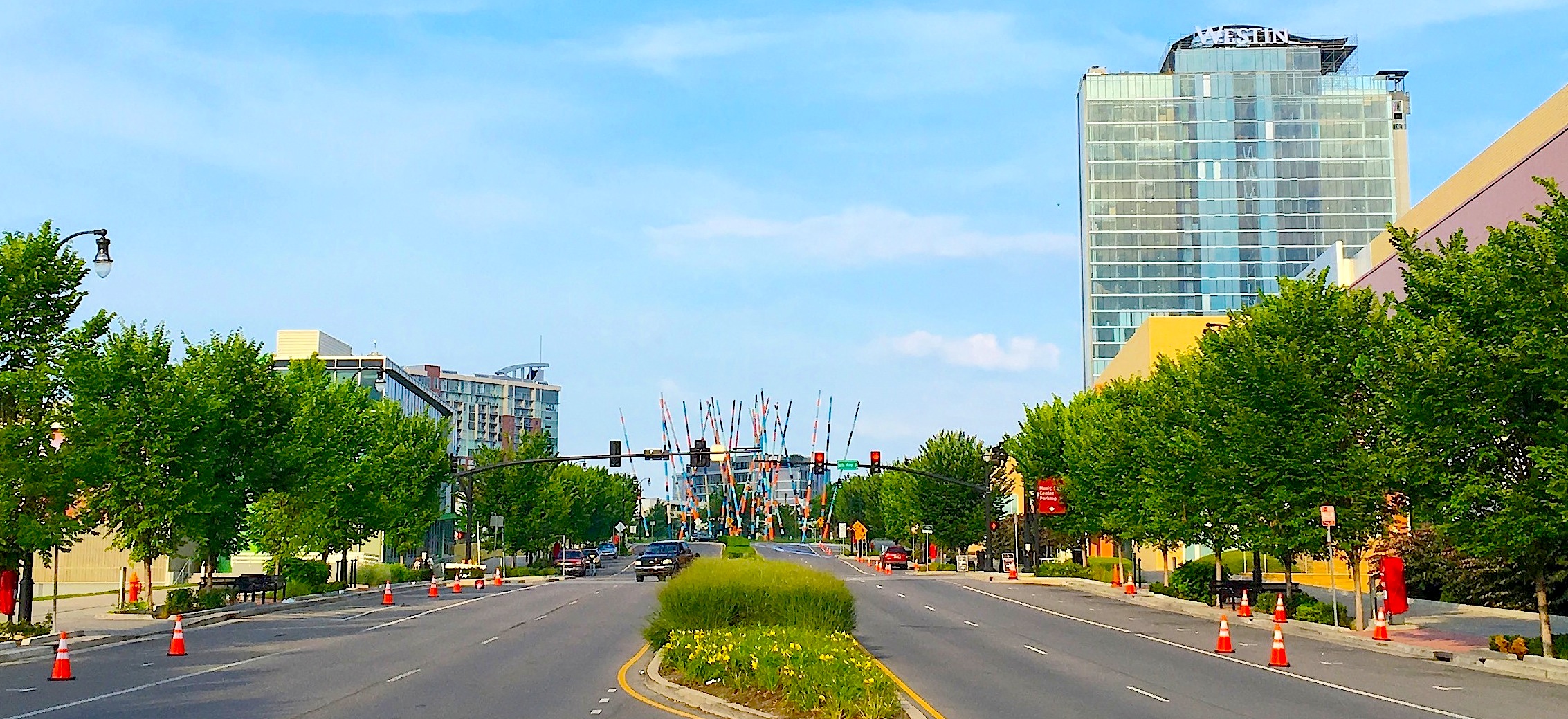This is a post by Selina Chen. See her bio at the bottom of the post.
When I attended the 4th International Conference on Computational Sustainability at Cornell University, I was surprised at the large number of projects that came with some involvement in incentivizing users — whether by making the technology more accessible for the average user or coming up with ways to get people interested in using the product. Before the conference, I had thought research consisted of the studying and making of things, and the issue of actually “selling” the product to public would be one which would be foisted off to the companies who decided to use the research. Doubtless, my view was clouded by the fact that that I’d been raised by two biochemists, whose jobs consisted of developing and testing new drugs, which would then be marketed and sold by another company or department in that company. Yet, as I learned at the conference, this cycle of create-and-pass-off was not so in the CompSust research community. Oftentimes, it became the job of researchers to figure out how to properly integrate sustainability into public life by paying attention to behavioral science, as well as technology.
In her blog post last week, Zimei Bian talked about how the new mobile app, Pokémon GO, is sweeping the world and how games, and the concept of fun in particular, can be used to engage the public in sustainability efforts. Also mentioned was Cornell’s eBird project, a web and mobile application that uses crowdsourcing to document the presence and absence of various bird species around the world. Through this app, birdwatchers can submit data on birds found in their region and can even take a look at hotspots in other regions. The inexperienced birdwatcher or the casual user who just likes to use the app for kicks can also use Merlin, another mobile app developed by the Cornell Lab of Ornithology, in conjunction with eBird to help identify birds.
Video: A promotion for Merlin Bird ID App (1 minute 54 sec) — Credit to Cornell Lab of Ornithology
But the Cornell Lab of Ornithology didn’t stop there! Taking advantage of public’s love of games and competition, the lab, in close collaboration with the Cornell Institute for Computational Sustainability, also developed a treasure-hunting app to go along with eBird called Avicaching, described in the talk by Yexiang Xue of Cornell University. The game combines eBird and geocaching to encourage users to search for birds in underrepresented locations by letting you earn a variable number of points for each location visited. Equipped with a leaderboard that updates in real-time, the game encourages users to visit places with the most ‘points’, helping to reduce eBird’s sampling bias and collect a more accurate distribution of the bird population for scientists to use. Currently, the game is in the process of development, having only been deployed in two New York counties, but with the initial success seen by the game, it may potentially be expanded into other regions.
Though they were quite memorable for how they built on top of and supported each other, eBird, Merlin, and Avicaching were not the only wonderful projects aimed at selling computational sustainability to public that stuck out to me at the conference.
Another great example of a project that had some focus on public perception included a talk given by David Shmoys of Cornell University on the rebalancing problem found in bike sharing. Keeping bike racks in balance amidst fluctuating demand is key; a full bike rack will prevent users from stashing their bikes when they’re done and an empty one will deter potential users. Therefore, bike racks must be managed and optimized to provide an appropriate level of stock at any given time during the day.

Similarly, in taxi systems, there is also a demand problem and the issue of user perception. In his talk on Smart Cities, Bo An of Nanyang Technological University described the peak time dilemma faced by many taxi users in cities: not being able to get a taxi. Because most taxis are priced by distance and because traffic is very slow during peak times, many taxi drivers will simply not work during those hours! The drivers do not believe that driving during peak times is cost effective. Just like any other user, taxi drivers will attempt to game the system to their advantage, finding the best times to work to maximize their profit. In order to “sell” the idea of working during peak periods, an incentive like raised fare prices must be brought to the table. Further detail on this pricing and scheduling scheme can be found here. Its also important that we study possible rebound effects that might result from making “dysfunctional systems more tolerable“.
In a field like computational sustainability, which aims to touch all lives, human and otherwise, now and in the future, by building a better tomorrow, it is especially important that the public is “sold” on what we’re creating, lest the phrase “Everybody’s innovating, nobody’s integrating” becomes applied to us. Fortunately, as seen by the conference, many researchers are already a step ahead and are proactive.
The projects mentioned here were only some of my favorite ones from the conference that touched on the idea of “selling” sustainability to the public. A complete list of talks hosted at the conference can be found here.
Selina Chen is a Computer Science undergraduate at Vanderbilt University, with a love for sci-fi novels, superheroes, and art. Currently, she’s having fun exploring the various ways art can be used to make data beautiful and engaging for the public.The opinions expressed herein are Selina’s and not necessarily those of Cornell University. You can reach Selina at Selina.Chen@vanderbilt.edu.








